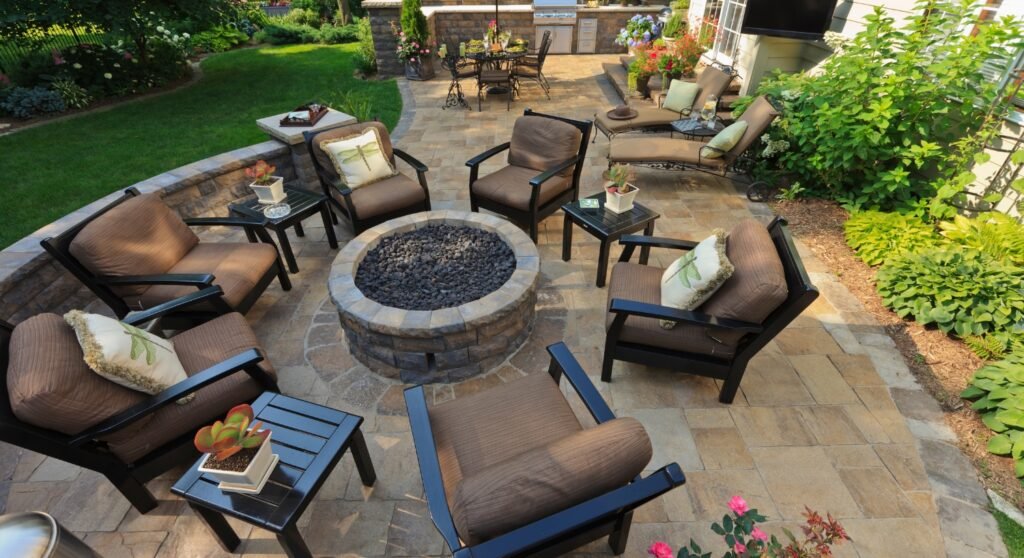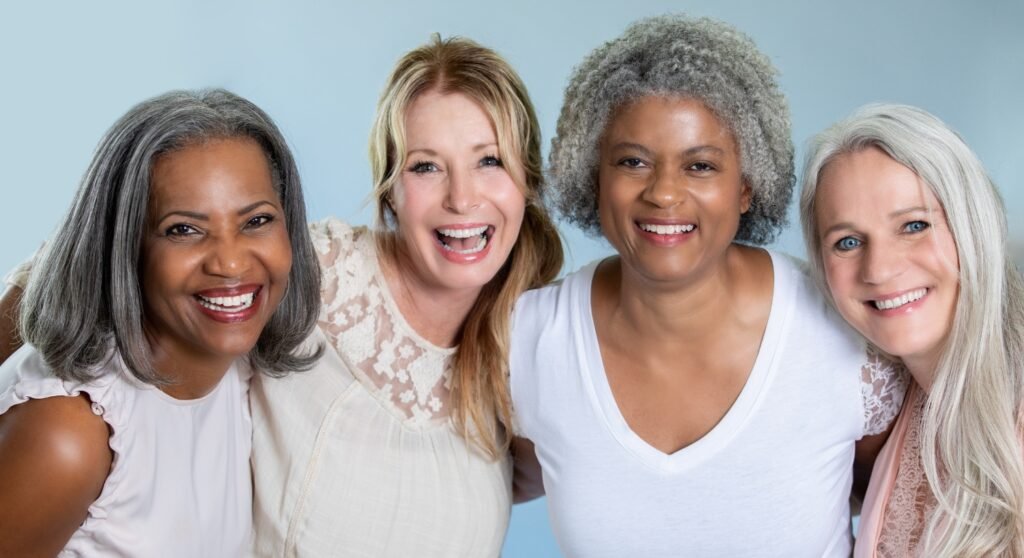Superior Senior Homes: 7 Key Design Tips to Age in Style
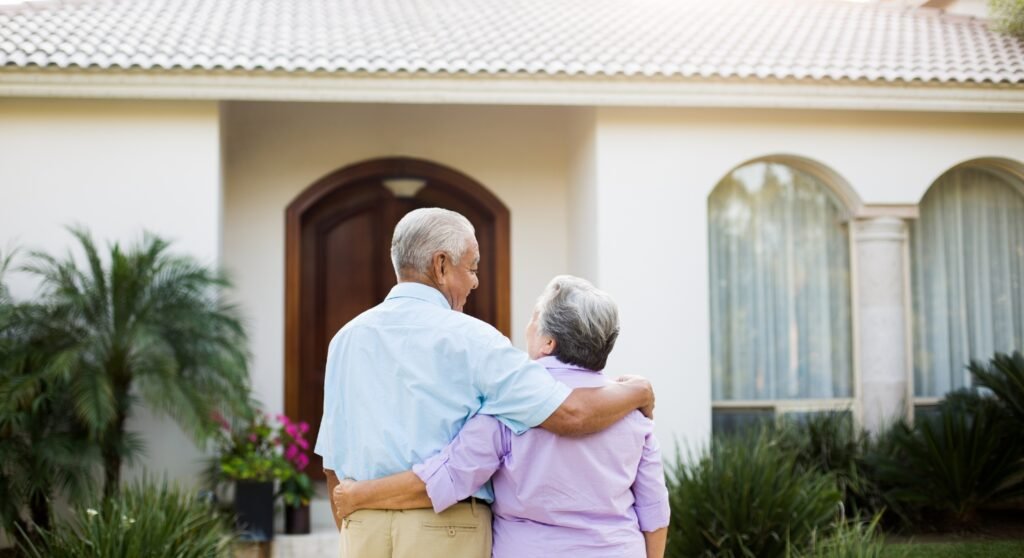
Last Updated on June 27, 2025 by Julian Espinosa
Are you ready to transform your living space into a haven that combines elegance with functionality? Creating superior senior homes isn’t just about accessibility—it’s about crafting environments where comfort meets style, and where every design choice celebrates the vibrancy of life’s golden years.
In today’s world, senior living spaces deserve to be thoughtfully designed sanctuaries that support independence while reflecting personal taste and lifestyle preferences. The perfect senior home balances practical considerations with aesthetic beauty, creating spaces where you can truly thrive rather than merely reside.
This comprehensive guide reveals seven essential design principles that elevate senior living spaces from basic to extraordinary. From safety features that blend seamlessly with sophisticated decor to smart technology integration that enhances daily life without complication, we’ll explore how to create homes that adapt to changing needs without sacrificing style.
You’ll discover how thoughtful color choices can influence mood and wellbeing, how strategic accessibility features can be both functional and elegant, and how personalized touches transform houses into meaningful homes that tell your unique life story.
Whether you’re designing for yourself, helping a loved one create their ideal space, or simply exploring options for future-ready living, these expert tips will guide you toward creating senior-friendly environments that are as beautiful as they are practical. Join us on this journey to reimagine senior living spaces where every corner reflects both safety and style, independence and comfort, practicality and personality.
Understanding the Unique Needs of Senior Residents
Creating a space for seniors means stepping into their world with empathy and insight. It’s about understanding that comfort and functionality must work together in perfect harmony—like a favorite chair that supports your body while also looking beautiful in your living room. When designing senior-friendly spaces, thinking about the whole person—their physical needs, emotional wellbeing, and personal style—creates environments where seniors can truly flourish.
Senior homes aren’t just living spaces; they’re personal havens that must evolve alongside changing needs. They’re places that prioritize safety without sacrificing the warmth and character that makes a house feel like home.
One key thing to remember is that senior residents often require their homes to be more accessible. This could mean installing grab bars in the shower, ramps for wheelchairs, or simply arranging furniture to create clear walkways.
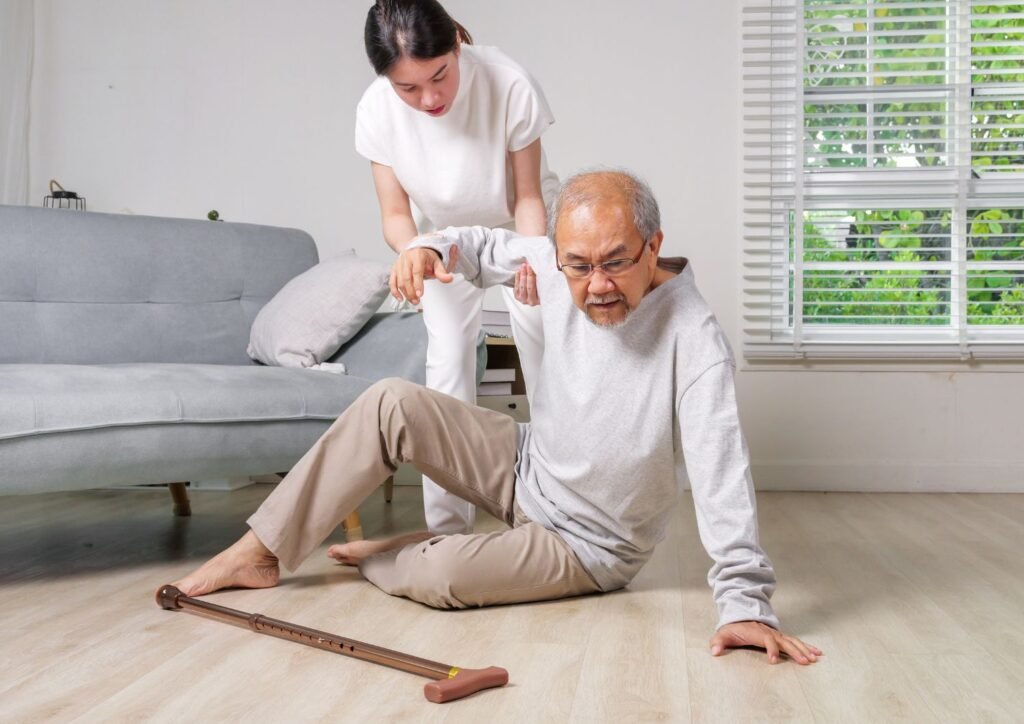
Prefer to listen rather than read?
Now, let’s address some common concerns in senior homes. Falls represent a significant risk, especially in areas with clutter or where small rugs can slip easily. Another consideration is medication management—keeping prescriptions organized and easily accessible while safely stored is essential for health maintenance.
Equally important is addressing social connection. Seniors need opportunities to engage with others, whether through community spaces, technology that connects them with loved ones, or layouts that welcome visitors comfortably.
By acknowledging these needs, we can design senior homes that aren’t just houses but true sanctuaries where our seniors can thrive. After all, ensuring the wellbeing of senior residents creates benefits for everyone. Let’s create spaces that aren’t just accessible but are filled with life, laughter, and the comfort of genuine home.

7 Essential Tips to Enhance Senior Home Designs and Decors
Senior living is about so much more than basic shelter—it’s about creating environments that nurture comfort, safety, and aesthetic pleasure. Here are seven essential strategies to transform senior spaces into stylish, functional havens:
Prioritize Safety Without Sacrificing Style
When designing for seniors, the goal is creating spaces that are both secure and sophisticated. Picture elegant flooring that resists slips while adding beautiful texture and warmth to a room. Think about handrails that look like intentional design elements rather than medical equipment.
The secret lies in choosing materials and features that serve dual purposes. For example, flooring with subtle texture provides better traction while contributing to the room’s visual appeal. Furniture with rounded edges reduces injury risk while looking contemporary and inviting.
Remember that safety features can be disguised within beautiful design choices. A bench in the shower might look like a spa feature while providing essential seating. Contrast between flooring and walls helps with depth perception while creating striking design statements.
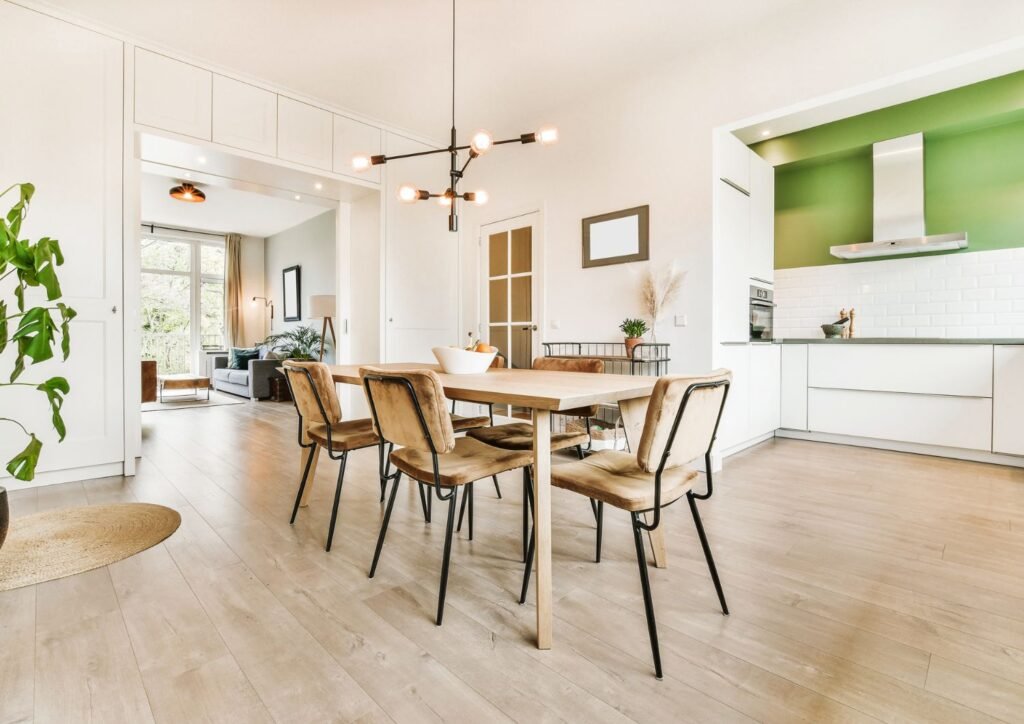
Embrace Accessibility
Accessibility in senior homes means freedom of movement and independence. Doorways wide enough for mobility devices, lever-style door handles instead of knobs, and thoughtfully placed light switches at accessible heights all make daily living easier without drawing attention to adaptations.
Consider kitchen designs with varying counter heights to accommodate seated tasks or reaching limitations. Bathroom features like walk-in showers eliminate barriers while creating spa-like atmospheres. Throughout the home, think about transitions between rooms and how to make them smooth and effortless.
Remember that true accessibility isn’t just about physical navigation—it’s about creating environments where seniors can maintain their dignity and independence while moving through their day with confidence.

Use Color and Contrast Wisely
The colors we choose for our living spaces do far more than please the eye—they influence our emotions, create atmosphere, and can significantly enhance safety and orientation.
In senior homes, thoughtful use of color and contrast serves multiple purposes. Soft, warm hues like pastels create inviting, calming spaces that promote relaxation. Cooler tones like blues and greens can foster tranquility in bedrooms and reading nooks. Meanwhile, creating clear contrast between floors and walls helps with depth perception, reducing fall risks.
Color can also serve as an intuitive navigation system throughout the home. Different color schemes for various rooms help with orientation, while contrasting colors around doorframes or along hallways provide visual cues that guide movement naturally.
For seniors with vision challenges, high-contrast elements in kitchens and bathrooms—like dark switch plates on light walls or contrasting colors for countertops and cabinets—make daily tasks easier and safer.
When designing color schemes, consider both the psychological impact and practical benefits. A thoughtfully colored environment can uplift spirits while simultaneously enhancing safety and functionality.
Incorporate Technology Thoughtfully
In today’s age, smart home technology isn’t just a trend—it’s a tool that can make living spaces for seniors more comfortable, secure, and independent.
But when we talk about incorporating tech in senior homes, it’s like adding a pinch of salt to cooking; the right amount makes the meal, but too much can spoil the pot. It’s essential to keep things straightforward and user-friendly. Why? Because technology should feel like a helping hand, not a puzzle that needs solving.
Imagine a senior home where lights turn on with a simple voice command, or a thermostat adjusts itself for optimal comfort. Think of curtains that draw themselves as the sun sets or sensors that alert you if something’s amiss. This isn’t the stuff of science fiction; it’s real, and it’s here to serve our seasoned citizens in their homes.
But here’s the key: the tech must be as easy as flipping through an old photo album. Large buttons, clear instructions, voice commands that understand the nuances of human speech—these are the touches that matter. After all, a smart senior home should adapt to its residents, not the other way around.
Let’s set the scene. You walk into a room, and the lights greet you with a warm glow, no switches are needed. The air conditioning knows just how you like the temperature before you even have to ask. And if you need assistance, help is just a call away—no fumbling with the phone, just a simple voice command.

So, what does this all boil down to? It’s about enhancing the lives of our seniors with technology, not complicating them. It’s about creating a desire for a life where simplicity meets innovation.
It’s time to embrace smart technology with open arms and let it work its magic in senior homes, keeping our loved ones secure, comfortable, and above all, happy. Let’s make technology an ally in crafting homes that are not just smart but also wise—homes that understand the value of ease and accessibility.

Design for Community Connection
When we think about senior homes, we should envision more than just individual living units—we should see communities where meaningful interactions flourish. Creating spaces that encourage social engagement is essential for emotional wellbeing and cognitive stimulation.
Common areas should feel inviting and comfortable, with seating arranged to facilitate conversation rather than isolation. Consider flexible spaces that can accommodate various activities, from small gatherings to larger community events.
Even within private homes, design choices can support connection. Kitchens with islands or peninsulas allow for conversation during meal preparation. Living rooms with comfortable, supportive seating arranged in conversational groupings invite visitors to stay and chat.
Outdoor spaces deserve special attention as well. Patios, gardens, or balconies with comfortable seating create natural gathering spots where neighbors can connect. Walkable paths encourage movement and spontaneous interactions throughout the community.
Remember that community connections happen organically when environments are designed with togetherness in mind. These thoughtful social spaces transform senior living from solitary to vibrant, creating experiences where everyone belongs.
Personalize Spaces
In every senior home, personal touches transform mere structures into meaningful sanctuaries. When you walk into a senior’s living space, you might notice a cherished photograph on the nightstand, a collection of beloved books arranged just so, or perhaps handcrafted items that tell stories of a lifetime of creativity.
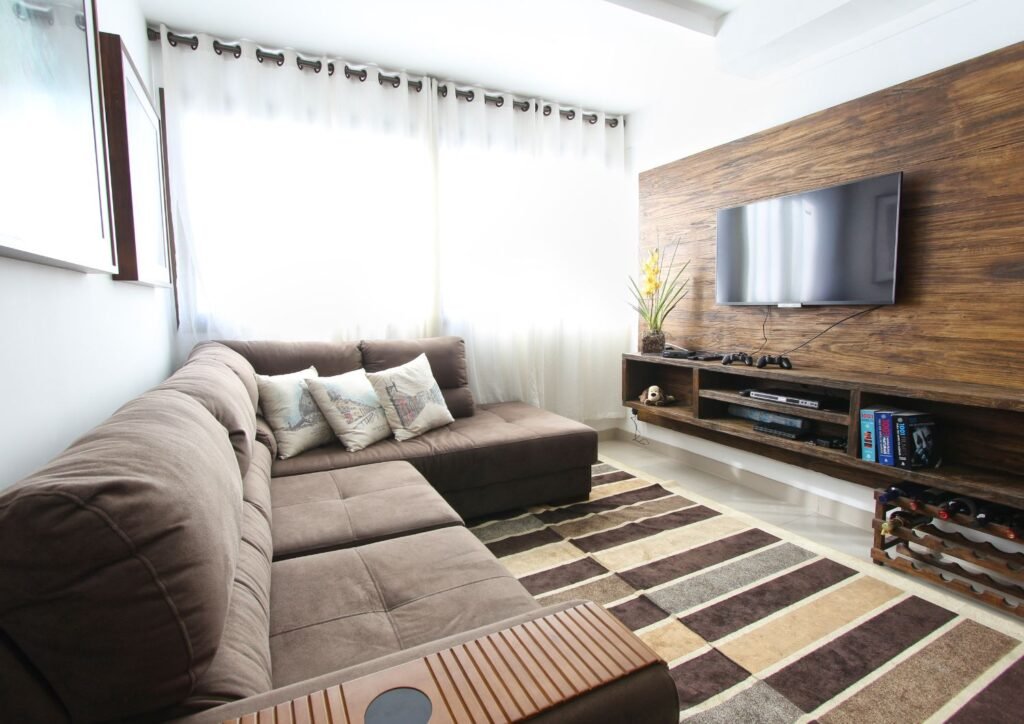
These personal elements aren’t merely decorative—they’re powerful connections to identity and history. Each displayed item represents a chapter in a life story, bringing comfort through familiarity and celebrating the uniqueness of the resident.
Creating personalized spaces means designing with flexibility and respect for individual preferences. Display areas for treasured collections, proper lighting to highlight artwork or photographs, and spaces that accommodate cherished furniture pieces all honor the senior’s personal history.
The beauty of personalization is that it transforms any living environment from institutional to intimately personal. It reminds us that senior homes aren’t just about physical accommodation but about honoring the whole person—their memories, achievements, relationships, and continuing journey.
Plan for Change
When it comes to creating the perfect setting for seniors, it’s all about planning ahead. As folks move into their golden years, what they need from their living spaces can change over time.
It’s like putting together a puzzle but with the flexibility to switch out the pieces as life’s needs shift. That’s why it’s crucial for the places that seniors call home to have a smart design that can grow and change just as they do.
Imagine a senior home that isn’t just stuck in today’s style but can evolve with the times. For those who specialize in designing senior homes, it’s like being a time-traveller—anticipating what’s needed next. The magic lies in crafting spaces that don’t just look good but are also practical for what tomorrow might bring.
When seniors settle into a home, they deserve to feel confident that they won’t have to uproot again just because their needs evolve. It’s about creating a senior home that’s not only safe and comfortable now but will stay that way down the line, making it a smart choice for both today and the years to come.
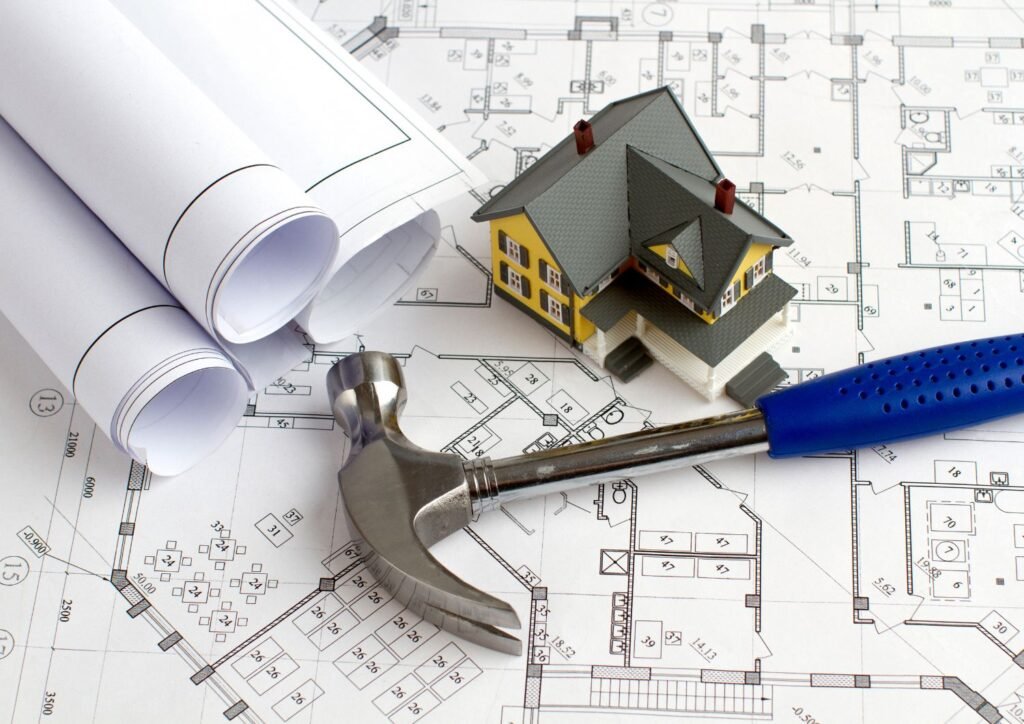
The goal is to give those who’ve lived rich, full lives a place that won’t need a major overhaul as their lifestyle changes—that’s what real foresight in senior home design is all about. It’s about trust in a place that’s expertly designed, with the wisdom of experience shaping every corner.
Wrapping it Up
As we conclude our exploration of superior senior home design, remember that the perfect space balances safety, accessibility, and personal style. Creating environments where seniors thrive means thinking beyond basic accommodation to envision homes that celebrate life’s continuing journey.
From thoughtful integration of technology to the strategic use of colors and contrast, every detail contributes to creating not just a place to live, but a place to flourish. Remember that personalization and community connection are just as important as practical considerations in designing truly exceptional senior living spaces.
Now it’s your moment to transform these principles into reality. Whether you’re designing for yourself or a loved one, these insights provide a foundation for creating spaces that honor both present needs and future aspirations. Senior living at its best doesn’t just accommodate—it elevates, celebrates, and inspires.
How do you envision your ideal senior living space? Would you prioritize smart technology, community areas, or personalized touches that reflect your unique journey? We’d love to hear your thoughts in the comments section below! Are you currently planning a senior-friendly living space, or have you recently completed one? Share your experiences and any tips that made the process smoother for you.
Frequently Asked Questions About Senior Home Design
Q: How can I make a senior home safer without making it look institutional? A: Integrate safety features that double as design elements—grab bars that match fixture finishes, slip-resistant flooring with elegant textures, and smart lighting systems that provide both ambiance and security. The key is selecting items that serve dual purposes: safety and style.
Q: What are the most important rooms to modify for senior accessibility? A: Bathrooms and kitchens typically require the most attention. In bathrooms, consider walk-in showers, comfort-height toilets, and stylish grab bars. For kitchens, focus on varying counter heights, pull-out shelving, and easy-reach storage solutions. Additionally, ensure clear pathways throughout the home and eliminate trip hazards in main living areas.
Q: How can technology make senior living easier without being overwhelming? A: Start with simple, intuitive systems like voice-activated controls for lighting and climate. Consider motion-sensor lighting for nighttime navigation, video doorbells for security, and medication reminder systems. Choose technologies with simple interfaces featuring large buttons and clear instructions. Remember that technology should simplify life, not complicate it.
Q: What colors work best in senior living spaces? A: Opt for colors with high contrast to aid in depth perception and navigation. Warm, natural tones create a welcoming atmosphere, while cooler blues and greens can promote relaxation in bedrooms. Avoid extremely bright colors that can cause overstimulation or very dark colors that might make spaces feel smaller. Consider using color-coding in different areas to assist with orientation.
Q: How can I create spaces that encourage social interaction for seniors? A: Design conversational seating arrangements where chairs face each other at comfortable distances. Create multipurpose areas that accommodate various activities. Ensure dining spaces welcome group meals. Consider incorporating game tables or hobby stations that naturally bring people together. Outdoor spaces with comfortable seating can also become natural gathering points.
Q: What are the best flooring options for senior homes that are both safe and attractive? A: Look for options with slip-resistance, cushioning, and easy maintenance. Cork provides natural cushioning and warmth. Luxury vinyl offers excellent slip resistance and comes in designs mimicking wood or stone. Low-pile carpeting with secure backing provides good traction and noise reduction. Whatever you choose, ensure transitions between different flooring types are smooth and clearly visible.
Q: How can I help a senior maintain independence through home design? A: Focus on accessibility features that enable self-sufficiency: reachable storage, easy-open drawers and doors with lever handles, touchless faucets, and strategically placed seating throughout the home for rest stops. Smart home features like voice-controlled lighting and thermostats reduce physical demands. Most importantly, involve the senior in the design process to ensure solutions match their specific needs and preferences.
REFERENCES
- National Institute on Aging. (2023). “How to Influence Behavioral Intention Toward Age-Friendly Home Modifications in Urban Older People Aged 70+“
- Journal of Housing for the Elderly. (2024). “Supportive Housing Preferences Among the Elderly” Vol. 38, Issue 1.
- American Association of Retired Persons. (2024). “Smart Guide To Aging in Place.”
- Harvard Joint Center for Housing Studies. (2023). “Housing America’s Older Adults.”
- International Journal of Environmental Research and Public Health. (2024).
Disclaimer
The content provided on MySeniors.World is for informational purposes only and is not intended as either financial or medical advice. Always consult a qualified professional before making any investment or health-related decisions.
Posts may contain affiliate links, meaning we earn a commission – at no additional cost to you, if you click through and make a purchase. Your support helps us continue providing valuable content.



